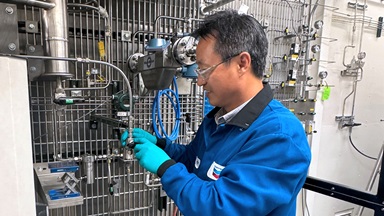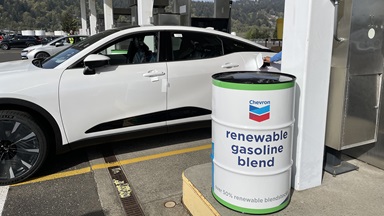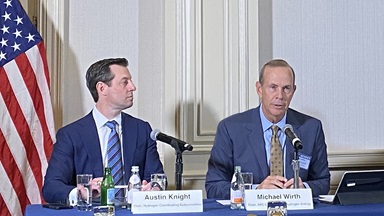our operations
3 ways to create resilient strategies in changing times
2 min read | august 14, 2024
In a recent discussion with Reuters, Molly Laegeler, Chevron’s vice president of Strategy & Sustainability, emphasized the importance of energy companies having resilient strategies.
Reliable and efficient energy solutions mean we can power our homes, businesses and communities without interruption and at a reasonable cost. When energy companies develop effective strategies, they can help ensure that people won’t face shortages or extreme price hikes as demands change or new challenges arise.
In short, the strategies that energy companies implement can affect the carbon intensity of the energy we rely on every day.
Molly Laegeler is Chevron’s vice president of Strategy & Sustainability. In a discussion with Reuters, she shared three important points about developing resilient strategies in an ever-changing external environment:
- First, it’s important to have clear goals, a vision for the future and strong core values. These things can’t just be words on a piece of paper or ideas that are forgotten after a team meeting. They need to be a part of everyday actions, and they need to be woven into company strategies.
- Second, all the big decisions a company makes—such as how to spend money and how to plan for the future—should support their strategies.
- Third, a good strategy has to be flexible. When necessary, it should change based on what’s happening in the world. Keeping an eye on things such as new trends, customer attitudes, changes in laws and new technologies will help a company know when it’s time to adjust a strategy.
one size doesn’t fit all
A pragmatic approach to the energy future means that a strategy must be set up for success today and well into the future. Energy systems are massive, and history shows that change can take decades.
- Renewable power from solar and wind became almost 1% of the global mix in 2007. And despite notable growth in recent years, it’s only between 2% and 3% today.
- Oil and gas took nearly 40 years to rise from approximately 1% to 10% of the global mix.
“The biggest strategy question we are facing centers around pace. The energy transition will happen at different paces in different regions,” said Laegeler, who added that multiple solutions are critical.
molly laegeler
vice president
strategy & sustainability
unlocking capabilities with people and technology
Human creativity and expanding the right technologies can help companies meet the world’s growing energy needs. Together, people and technology can provide energy for today and advance lower carbon energy systems for the future.
Read more about how Chevron develops and invests in technology to drive innovation and effective solutions:
strategic partnerships to drive solutions
Working together is the best way to bring forward new ideas and technologies. Chevron partners with new companies, universities, national projects and service organizations to advance and use new solutions.
Read more about Chevron’s strategic partnerships:
topics covered
related content
-

 chevron VP talks technology and energy transition
chevron VP talks technology and energy transitionour operationsnovember 14, 2024
-
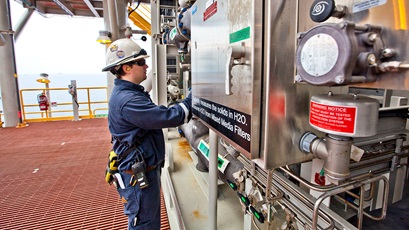
 marking a milestone in US gulf of mexico
marking a milestone in US gulf of mexicoour operationsnovember 06, 2024
-

 CNBC joins chevron CEO in US gulf of mexico to discuss deepwater achievements
CNBC joins chevron CEO in US gulf of mexico to discuss deepwater achievementsour operationsoctober 29, 2024
-
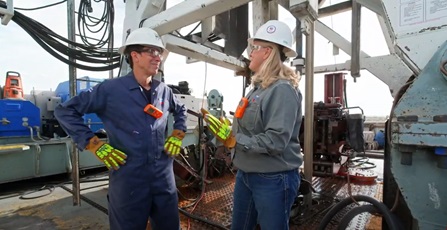
 ‘tomorrow’s world today’ features chevron’s technology and innovation
‘tomorrow’s world today’ features chevron’s technology and innovationour operationsoctober 15, 2024
chevron email updates
Subscribe to our newsletter to receive news and updates.






